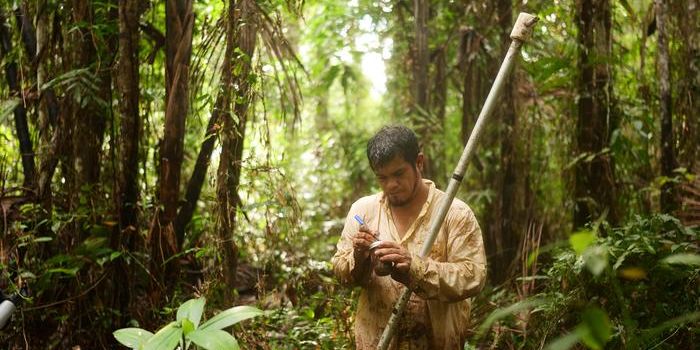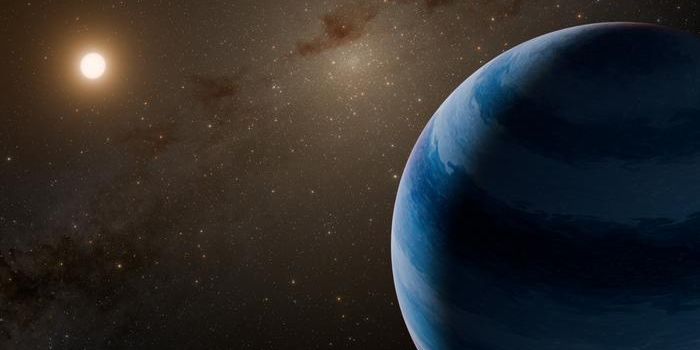United Nations Genetic Diversity Target Deadline Has Passed
In a recent study published in Science, an international team of researchers led by Stanford University examine how habitat destruction and climate change means the goal of protecting 90 percent of genetic diversity for all species on the planet by 2030 might not be achievable, given greater than one-tenth of the genetic diversity has already been lost. This study holds the potential to help us better understand the ongoing impacts of climate change on the ecosystem and was collaborated with researchers in Canada and Denmark.
Since the dawn of the industrial age, several hundred animal and plant species have become extinct along with human activity shrinking half of the Earth’s ecosystems, which affects millions of species around the world. Changes in geography reduces population sizes and can geographically prevent species of the same population from interacting with one another. The results are serious ramifications for the genetic richness of plants and animals and their capability to meet the ongoing challenges of climate change.
"When you take away or fundamentally alter swaths of a species' habitat, you restrict the genetic richness available to help those plants and animals adapt to shifting conditions," explained Dr. Exposito-Alonso, who holds one of the Stanford University Carnegie Institution for Science’s Staff Associate positions -- which recognizes early career excellence -- is an Assistant Professor, by deference, at Stanford, and lead author of the study.
While mutations might bring about superpowers in popular culture, in reality they are both random and small changes in the genetic code with the capability of positively or negatively affecting an individual organism’s ability to both survive and reproduce, henceforth passing down these traits to their offspring.
"As a result, the greater the pool of mutations upon which a species is able to draw, the greater the chances of stumbling upon that lucky blend that will help a species thrive despite the pressures created by habitat loss, as well as shifting temperature and precipitation patterns," said Dr. Exposito-Alonso.
"The mathematical tool that we tested in 20 species could be expanded to make approximate conservation genetics projections for additional species, even if we don't know their genomes," Dr. Exposito-Alonso concluded. "I think our findings could be used to evaluate and track the new global sustainability targets, but there is still much uncertainty. We need to do a better job in monitoring populations of species and developing more genetic tools."
Sources: Science
As always, keep doing science & keep looking up!









